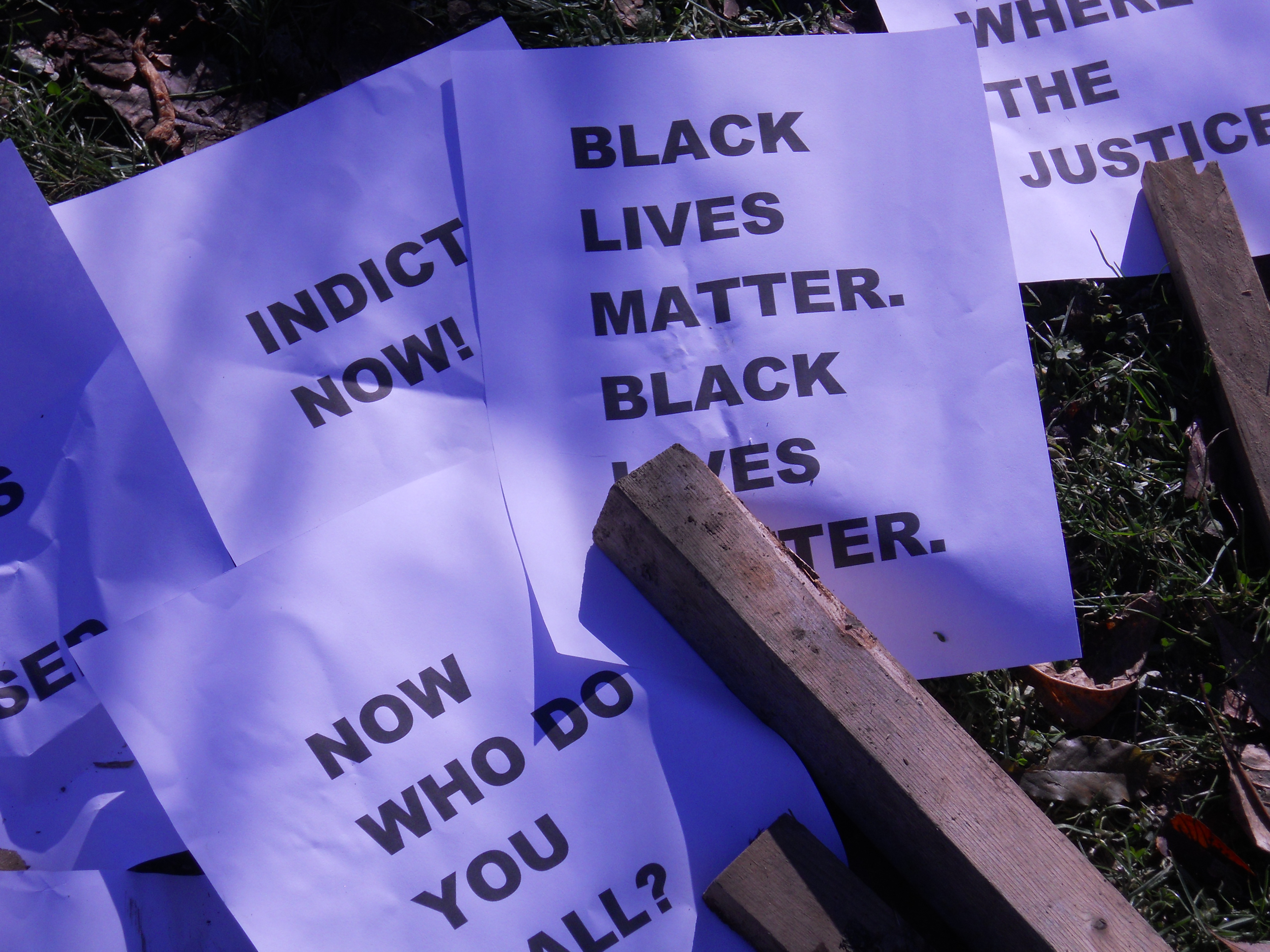It is raining. It is raining on the foot of snow that fell last week. It has been raining, it seems, since the beginning of August and it is now almost December.
I can hear the rain striking the roof, the snow melting on the drainpipes, and the wind in the naked trees. A woodpecker pecks on the wood siding of our house, then stops to look in the bedroom window at one of our cats, Tara, who looks back at him, excited.
Chickadees, blue jays, cardinals, tufted titmice, nuthatches, downy and red bellied woodpeckers, and squirrels surround a bird feeder hung from an apple tree branch and the food spread below it on the ground. The branches of the tree are tipped with light. Dripping ice or rain acts almost as a prism, not to refract but concentrate the light.
Max, another of our cats, sleeps between Linda, my wife, and me. Linda is reading a novel. I am writing this.
At first, it was not just the sky that was gray. My mood, even the trees, looked gray. I could barely see the blue of the blue jay or the red of the cardinal. But the more I listened to the rain and the snowmelt, listened for the moment words began to form in my mind, it all changed. The sky lightened as I focused on the light on the tips of the apple tree branches.
And when I allowed myself to feel the fact that this person and this cat were here next to me, one reading by my side, one sleeping by my hip, my mood lightened. All sorts of words came to me, but none were as deep or eloquent as the reality itself, or the feelings.
Our words can be the way we speak a self into existence. They can split the world in two by separating in our thinking what we perceive from who is doing the perceiving. We then think what we perceive is “out there” distinct from us “in here.” We think the gray mood we feel is entirely caused by the gray sky. We mistake the world of our words for the world itself. And then we imagine we live in that world of words.
Or words can be signposts leading us back to the point before words were born, to where we tie feelings to thoughts, sensations to memories, and create emotions and understandings. It is where we shape how we perceive the world with what we have learned about it. It is also where we all, where every single being, meets all others more directly. It is where practices such as mindfulness or meditation can lead us, so we learn how to pay attention, each moment, to whatever arises.
Emotion is not just feeling. It begins with feeling but includes thoughts, sensations, and proposed actions. Just consider the thoughts that go through your mind when you’re jealous, or the sensations you experience when angry. One purpose of emotion is to tag the stimuli we sense with value so we know how to think and act.
Daniel Siegel, MD, clinical professor of psychiatry at UCLA, describes phases in the process of constructing emotion. The first phase is jolting our bodies to pay attention. Siegel calls this the “initial orienting response.” The second is “elaborative appraisal,” which includes using feelings to label stimuli as good or bad, dangerous or pleasing. We begin to construct meaning and then prepare for action. We feel good or threatened and then want to either approach or avoid someone or something. These first two phases can be unconscious. In the third phase our experience differentiates further into categorical emotions like sadness, happiness, and fear. And we have conscious responses.
Emotions thus integrate diverse realms of experience. They link physiological changes in our bodies, feelings and sensations, with words, with explanations of how things work, and with perceiving and communicating social signals. Without this orienting attention and assignment of value, we could not learn and we could not act. In other words, body, mind, and relationships arise together in an emotion.
In order to think clearly and act appropriately, we need to mindfully step back from any particular way of thinking about a situation or person. We need to reflect on how we are hearing words. Do we hear them as self-contained objects, whose meaning and very being is created entirely by the speaker? If we do this, the other can become a label, a threat distinct from us, and a not-me that we can have no empathy for or any relationship with. If we don’t hear what we say to ourselves, we miss a good part of any conversation.
Or when we hear the words of another person, do we hear them as arising from another thinking, feeling being not much different from us? Do we take time to pause and feel how his or her words radiate in our mind and heart? Do we respond not just to the meaning we think the other person intended but also to the whole situation—to our own humanity as well as theirs? Do we respond with care and awareness that what we say creates not only an identity for this other person but for our selves?
When we speak, we often think we are simply expressing what is in ourselves. We then don’t realize we can’t speak ourselves into existence without speaking an audience into existence. We speak to who we think the other person is, or who we would like them to be. So, before speaking or acting, it’s important to check how accurate or comprehensive our words are, and what they imply about ourselves, about whom we are with, and the nature of the world we live in.
And doing this can make all the difference. It can free us from a gray mood, allow us to realize the beauty in the rain, and really see who we are and who is sitting beside us.
This post was also syndicated by The Good Men Project.


